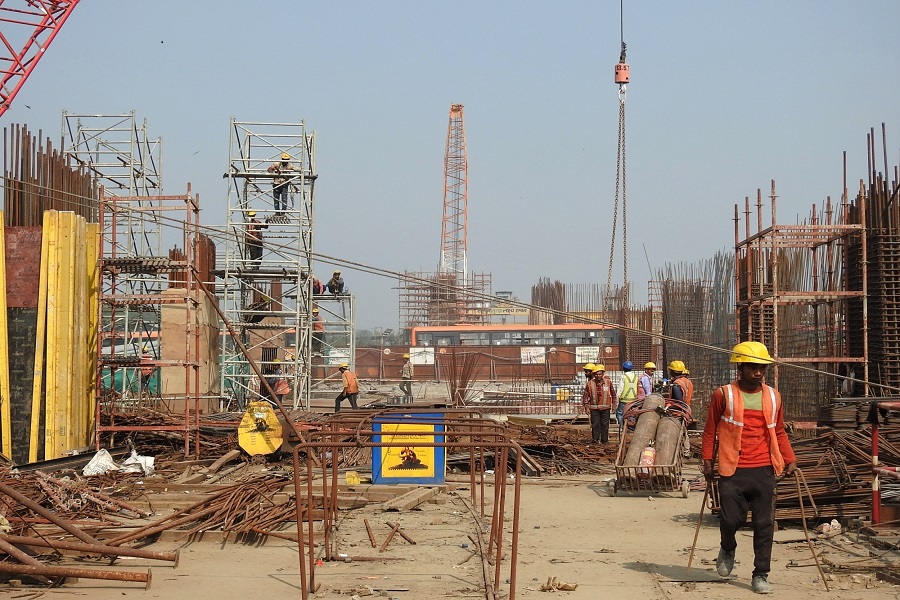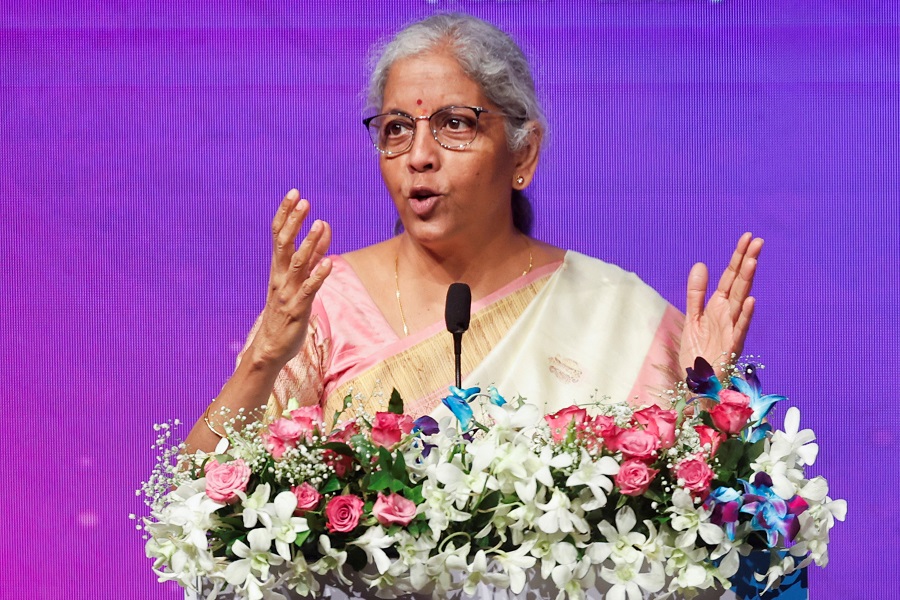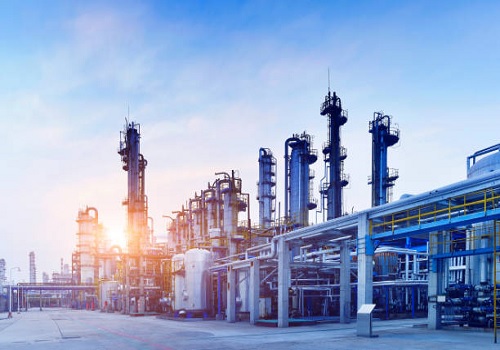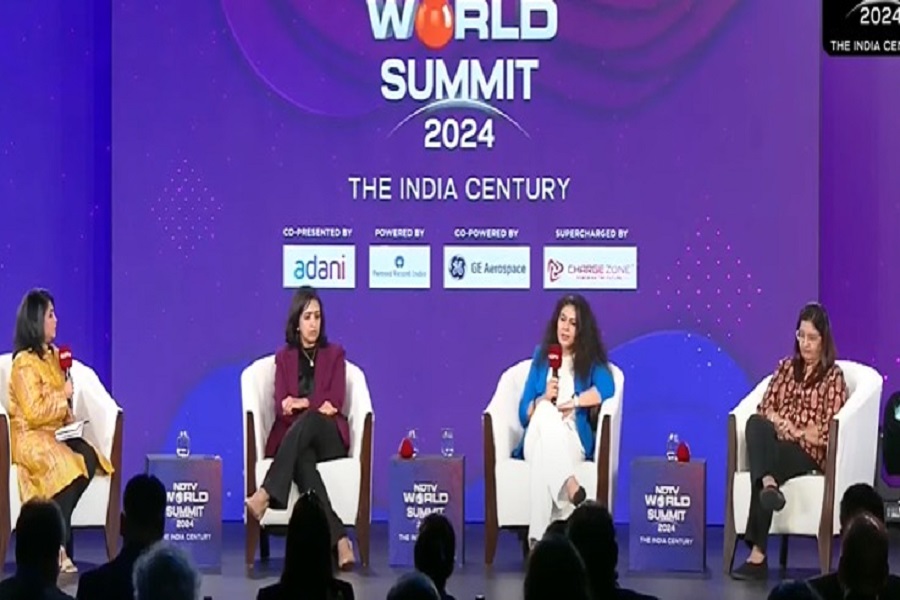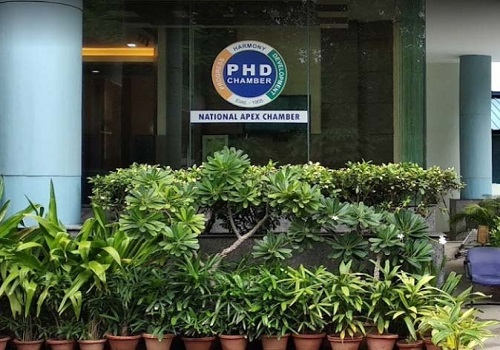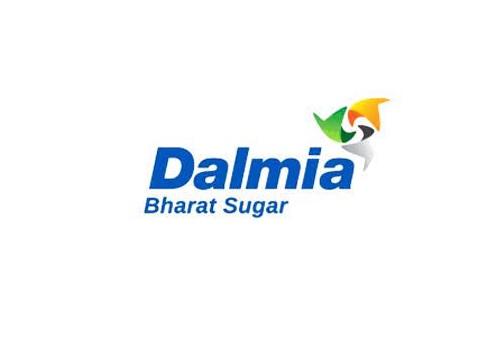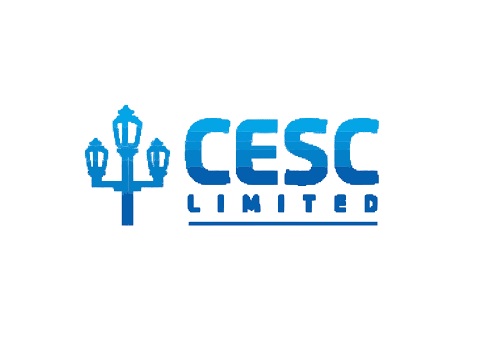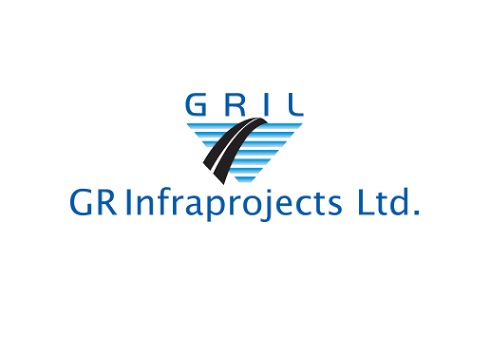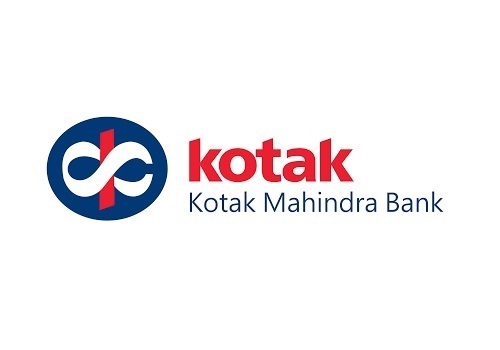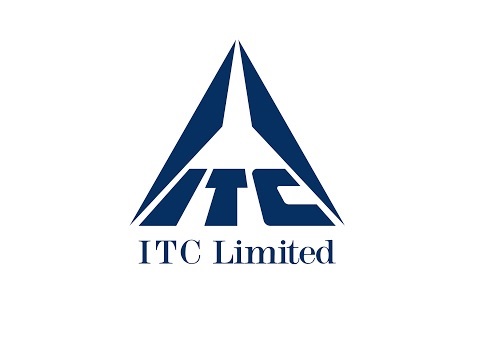Hold SRF Ltd For Target Rs.2,460 - ICICI Securities
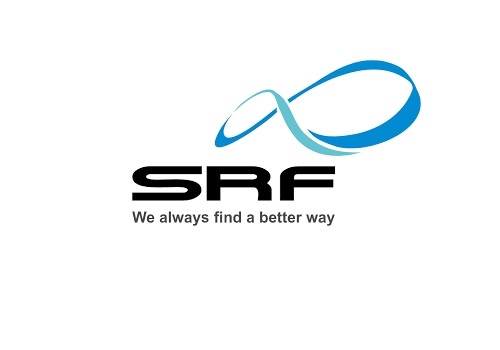
Follow us Now on Telegram ! Get daily 10 - 12 important updates on Business, Finance and Investment. Join our Telegram Channel
Preparing for ambitious journey; opportunities galore
We had a meeting with the management of SRF during which we were briefed on its ambitious journey involving a capex of Rs150bn over the next five years (vs Rs73bn in the past five). The lion’s share (Rs125bn) of the investment will be for expansion of the chemicals business. Focus will be on the specialty chemicals business, largely agrochemicals, particularly AIs. Part of the capex will also go into increasing the contribution from pharmaceutical intermediates segment. Within fluorocarbons, SRF plans to grow its range of fluoropolymers while HFO production is likely to start in the next 3-4 years. Company is also sensing opportunities in industrial chemicals, particularly in import substitution, which will help India build a strong indigenous chemicals ecosystem. Capex of Rs25bn is planned for the packaging films business, but the company will be more watchful of the near-term outlook. SRF believes it is well positioned to deliver consistent revenue growth of >20% with >20% RoCE for the next five years. We maintain our estimates though we downgrade the rating by one notch to HOLD (from Add) due to the recent run-up in stock price, and near-term pressures in the non-chemicals business. We are impressed with the management vision and continue to believe SRF is the best India chemicals story in the medium term
* Anticipates capex of Rs150bn over next five years. SRF has moved from Rs10bn12bn p.a. capex a few years back to Rs20bn capex last year. It sees opportunities rising and is preparing for capex of Rs150bn over the next five years. This capex would include Rs125bn for the chemicals business and Rs25bn for packaging films. Capex for technical textiles will be minimum and largely focused on value-addition. This should enable SRF to grow its revenues consistently at >20% CAGR and achieve RoCE of >20%. Company’s robust EBITDA and strong balance sheet eliminates funding issues.
* Fluorocarbon biz has additional growth lever from fluoropolymers. SRF believes it has worked hard to capitalise on the HFC opportunity, which has been rewarding. Globally, consumption is still shifting from HCFC (R-22) to HFCs, and very little (limited to OEMs in auto) has moved to HFOs. SRF anticipates HCFC sales to continue till the next phase-down in FY25, post which it could push its HCFC replacement product. HFC sales will continue to grow on the back of new capacity addition of 15ktpa. SRF expects HFC prices to remain firm due to freeze in capacity addition amid growing demand in the emerging markets and global market for replacement. The shelf-life of a few HFCs with lower GWP, such as R-32, will be longer than the phase-out period, which will further aid profits. This is because phase-down of HFCs is based on GWP consumption unlike in HCFCs (where controls were imposed on consumption). India has adopted R-32 and now the US too has started moving to R-32 in room air conditioners (RACs). HFO demand is limited as it is being used only in auto ACs (replacing R-134a) while a few products, such as R-454B, have blends of HFC and HFO in RACs. HFO patent expires in CY23, but can be extended due to process technicality till CY26. SRF is looking to start HFO production between CY23 and CY26, and it has already build capabilities for processing few of the large HFOs Beyond HFC capacity expansion, immediate growth in fluorocarbons will come from fluoropolymers. SRF is in the process of commencing operations of its PTFE plant (capacity: 5ktpa) in the next few months. The immediate market for it lies in import substitution, and the company is working on developing other applications for exports. It is also evaluating the opportunity in PVDF. The key starting raw material for VDF is R-142B, which it is already manufacturing for the specialty chemicals business. SRF has TFE monomer manufacturing capability via the R-22 route and VDF monomer via R-142B, which will enable it to expand its fluoropolymers product portfolio.
* Agrochemical opportunity is expanding in AI; pharmaceutical too should add. SRF has announced Rs15bn capex in the next 18 months in specialty chemicals business, which will help double its fluoro-specialty revenues. The agrochemical space, and fluorine chemistry in particular, is getting crowded with competitors, SRF believes it is rising in the value chain with 8-9 AIs under development (it has only one AI under production today). Company said a lot of the new opportunity going to competition has passed through SRF, but it remains very selective with a strong presence in complex chemistry (company has added many products outside of fluorine chemistry as well). Company is working closely with innovators on some of these complex products for which it has built novel processes that add value. Pharmaceuticals is a different business compared to agrochemicals. The quantity demanded in pharma is much lower compared to agrochemicals, and has higher failure rates. It requires a different culture to build the business, hence SRF has formed a separate R&D team to grow its pharma business. Pharma today contributes 14-15% of specialty chemicals business, and the company targets to raise to 25%. SRF is not concerned about the growing number of fluorine-processing companies in India as it has mastered all eight ways of inducing fluorine while others are limited to AHF and KF. This superior R&D and engineering capabilities for SRF will keep it ahead of peers.
* Huge opportunities in industrial chemicals and backward integration. SRF believes India has to build a strong ecosystem in industrial chemicals to usher in the business, but the country is still dependent on imports from China. SRF is sensing multiple import substitution opportunities in industrial chemicals – similar to MDC. SRF also believes backward integration could be another area of growth. It has significantly cut its dependence on China, which now contributes just 15-17% to its specialty chemicals business’ COGS (much lower at company level).
* Packaging films will face near-term headwinds and can slow down investments. SRF mentioned BOPET may see headwinds from supply glut due to capacity addition. BOPP supply situation and volume growth outlook is relatively better compared to BOPET. New capacity added by SRF is in BOPP, which puts SRF in a relatively better situation. Company said it would remain watchful about capex in the packaging film segment, but believes pockets of opportunity will exist even in over-supply situations in a few geographies. Further, it may also look at inorganic growth opportunities in packaging films. The aluminium foil business provides SRF an opportunity to service customers as a one-stop shop for their packaging material requirements. It believes closeness to customers will help grow the segmental business.
* Risks: o Upside risks: 1) Faster than expected capex aiding stronger earnings growth; and 2) further increase in ref-gas prices downside risk o Downside risks: 1) higher than expected drop in non-chemicals business margins; and 2) higher than expected dip in ref-gas prices.
To Read Complete Report & Disclaimer Click Here
For More ICICI Securities Disclaimer https://www.icicisecurities.com/AboutUs.aspx?About=7
Above views are of the author and not of the website kindly read disclaimer
